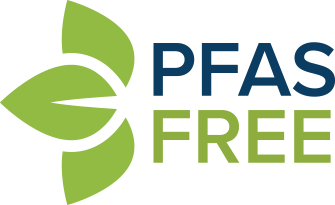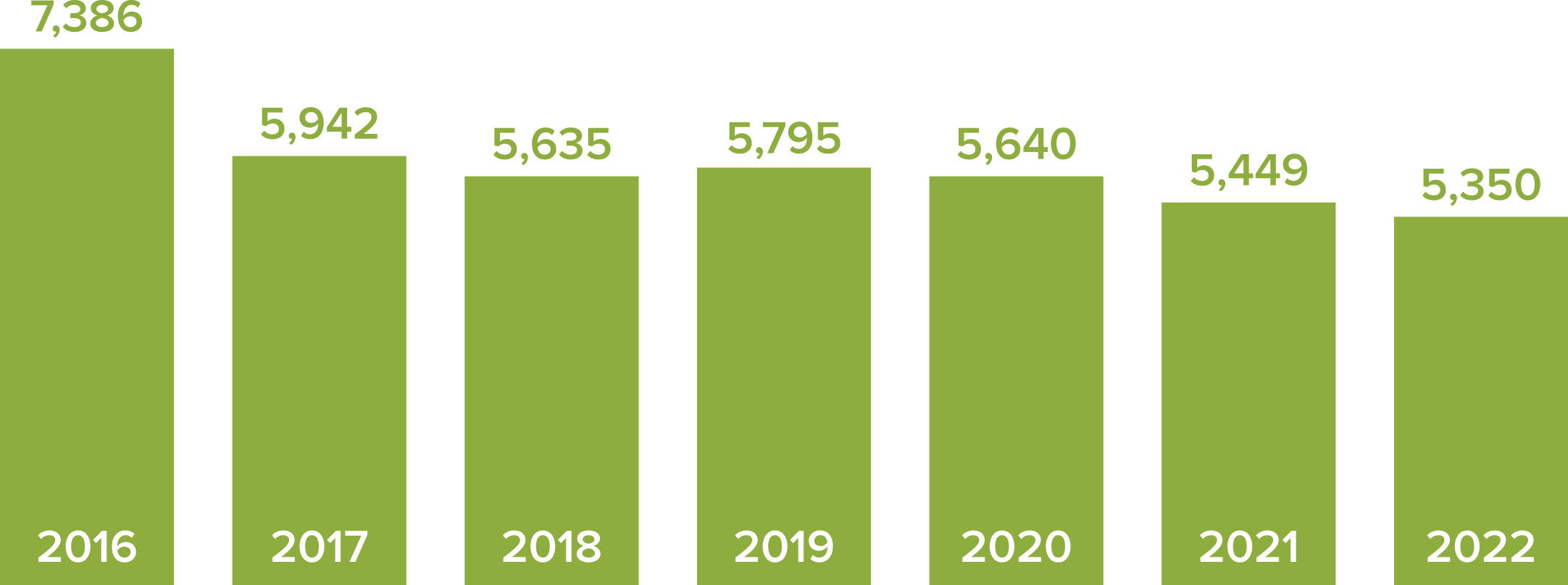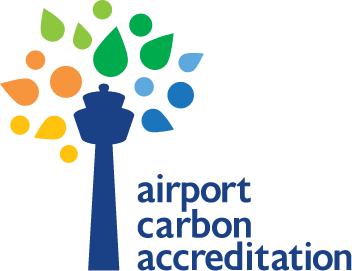The Regina Airport Authority (RAA) understands the importance of balancing airport operations, future growth and development with the natural environment.
The RAA is committed to minimizing the environmental footprint of our activities while ensuring that operations are conducted in a safe and secure manner. As the primary air access gateway to southern Saskatchewan, it is vital that we do our part for future generations as we grow for the betterment and vibrancy of the region.
Our commitment to the environment includes:

Pollutant and Waste Minimization
- Minimize pollutant discharge into the local watershed.
- Routinely monitor water quality.
- Maintain an active spill-response program.
- Reduce waste and actively promote recycling with our customers and tenants.

Energy Management
- Reduce usage of electricity and natural gas through strategic investments.
- Monitor our carbon footprint and include carbon reduction initiatives in future plans.

Environmental Planning and Design
- Integrate environmental considerations into airport planning, operations and development.
- Screen all capital projects and implement mitigation measures as required.
- Work closely with The City of Regina, developers and other local stakeholders on matters of mutual environmental concern.

Environmental Stewardship
- Actively participate with the Canadian Airports Council on nationwide environmental initiatives for airports.
- Communicate and promote environmental responsibility among our team members, customers, partners, suppliers and other stakeholders.
- Meet or exceed all applicable environmental legislation.
- Conduct environmental audits of airport facilities and tenants.
- Raise awareness of environmental initiatives with stakeholders and tenants.
- Be transparent with the airport’s environmental performance with the local community.

PFAS Management
As of 2022, the fire-fighting foam we use at the airport is PFAS-free. That means we have proactively gone above and beyond federal requirements to ensure that the products we are using to ensure safe operations here at the airport are also keeping our environment and our community safe and healthy.
These commitments inform and influence the RAA’s Strategic Plan, environmental objectives and day-to-day operations.
In addition, the Environmental Management System (EMS) contains procedures and programs to help YQR achieve its commitments and objectives. These include:
- Water Monitoring Program
- Tenant Environmental Performance Program
- Hazardous Materials Management Program
- Halocarbon Management Program
- Storage Tank Management Program
- Audit Program
- Project Assessment and Screening Program
- Waste and Recycling Program
- Energy Management Program
- Noise Program
Initiatives & Highlights
Energy Management
Carbon Reduction Target
Achieve a 30% reduction in carbon emissions from the 2016 baseline year by 2030.
Maintain the improvements we’ve made year-to-year since 2016.


ACA Level I Carbon Accreditation
In 2018, the RAA achieved accreditation through ACA, joining airports around the world in reducing the industry’s carbon footprint.
The RAA is currently accredited for Level I.
Greenwave Power Monitoring
Maintain 320 monitoring points on our Terminal-based Electrical Systems, which monitors all major electrical equipment for failure or inefficient/overuse of power.
Continuous, real-time data monitoring through an online database.
Renewed focus on building and facility efficiencies throughout has found reductions of ~18,000 KWH/month (~$3,300/month).

LED Upgrades
Replacing light fixtures across airport property.
In 2020 alone, 260 light fixtures were upgraded to LED, improving our lighting’s energy usage by 46%.
Carbon Capture at YQR
Sask Energy and YQR have partnered with Canadian company Clean02 to introduce new technology to the province of Saskatchewan, by way of a novel carbon capture device that will be used on the Air Terminal Building’s boiler system. This project will help the RAA towards its 2030 Carbon Reduction Target by reducing the RAA’s annual carbon footprint by an estimated 91 tonnes and overall gas usage by 7% – 14%. Carbon will be permanently captured by filter media which will be turned into soap that will then be branded by Sask Energy and YQR. SaskEnergy will also independently monitor, verify, and report on how the new technology functions in a Saskatchewan context.
Waste Management
Waste Reduction Target
Divert 25% of our waste from going to the landfill, compared to a historical average of 13%.


Water Bottle Fill Stations
Two stations located in the post-security area for passenger use to reduce single-use plastic water bottles.
Waste and Recycling Program
Single-stream recycling containers throughout ATB for passengers, tenants and staff.
Provide additional recycling options available for tenants and staff (aerosols, batteries, ink cartridges, K-cups, etc.).

Wildlife Management
Wildlife Management Plan
Keep wildlife that could be dangerous to aircrafts away from the airport, runways and taxiways.

Proactive Management
- Minimizing things that attract wildlife.
- Guidelines on landscaping and crops within vicinity of airport.
- Minimizing ponding and other features which congregate wildlife.
- Routine monitoring at the airport.
Contact
For more information, please submit your inquiries to:
For noise complaints, please submit a Noise Inquiry.